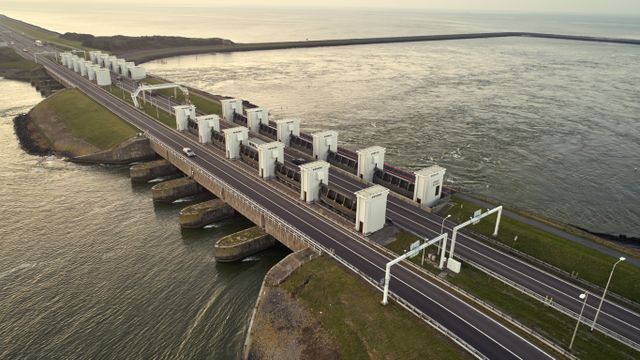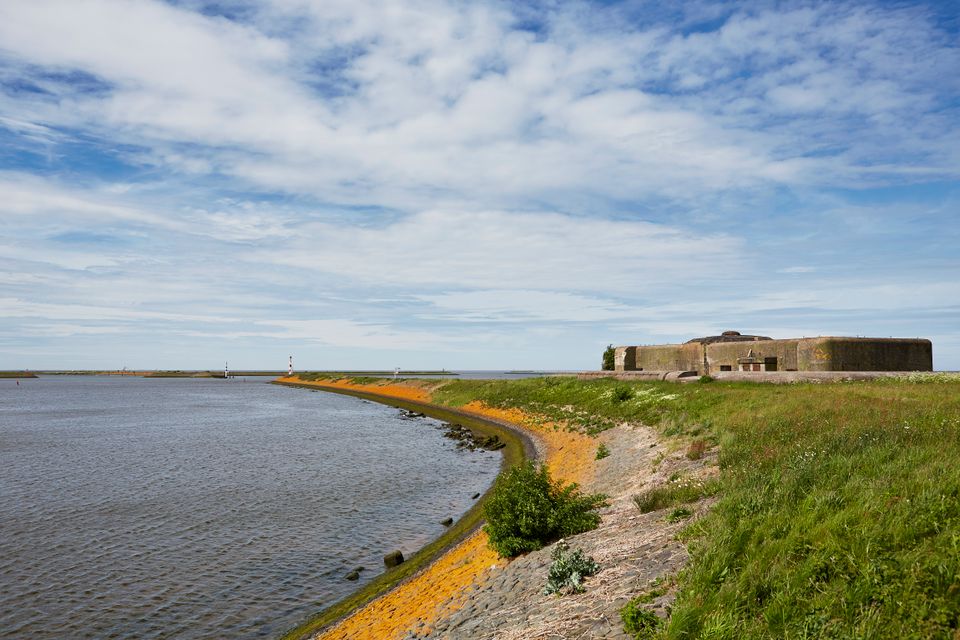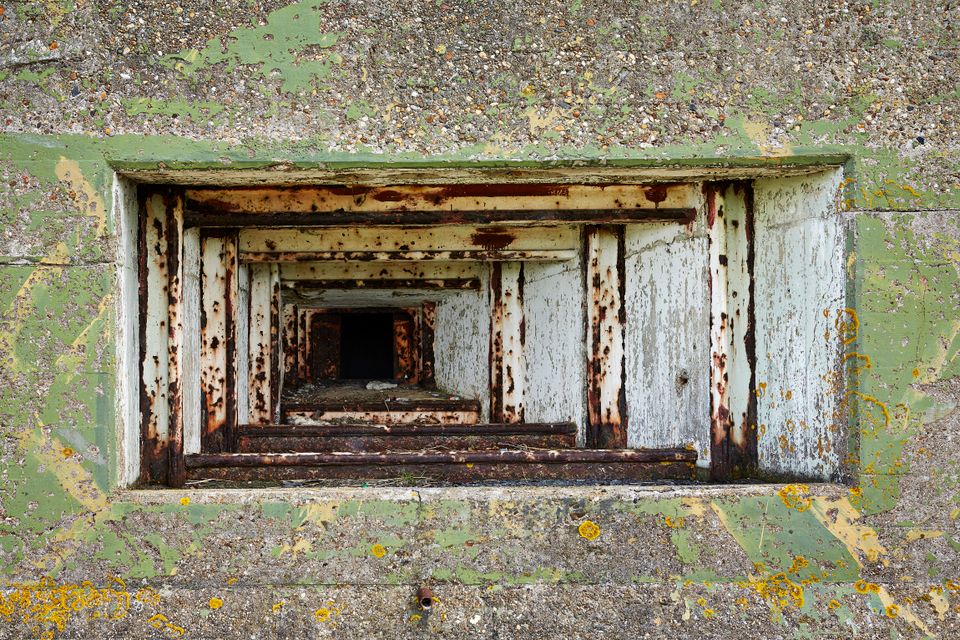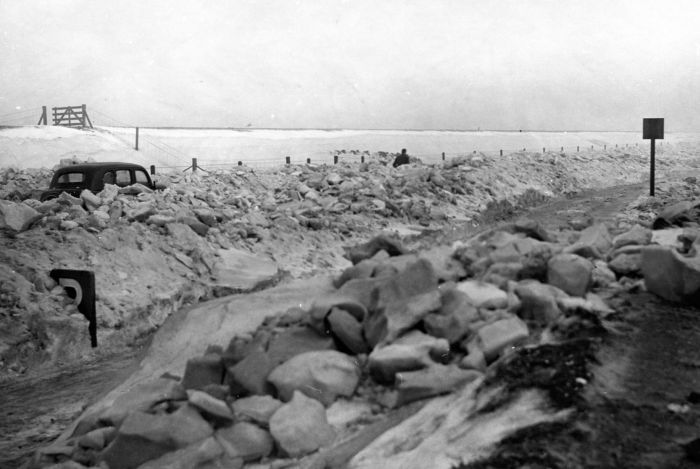The strategic importance of the Afsluitdijk
The former Minister of War was not comfortable with the construction of the Afsluitdijk. A quick connection between Friesland and Noord-Holland also meant a quick passage for enemies. That is how the Afsluitdijk acquired its casemates.
Five years after the start of its construction in 1927, the Afsluitdijk was complete. The dyke's purpose was to protect the Netherlands against floods. It was also a new, quick connection between Noord-Holland and Friesland.
The Minister of War mainly saw the new dyke as a danger. Malicious military personnel would acquire quick and easy access to ‘Fortress Holland’ - its capital Amsterdam - and the naval port in Den Helder. Furthermore, the discharge sluices were needed to put strategic parts of the Netherlands under water. In those days that was still believed to be a good defence against an invasion.
The Ministry demanded right from the start that the beginning and end of the dyke would have 'decent’ fortifications. That is how the Afsluitdijk acquired its casemates. Den Oever had thirteen on both sides of the dyke. In May 1940, these casemates did not play a significant role in the end. In contrast to their counterparts on the other side of the dyke near Kornwerderzand.
During the war, the German military conquered the defensive position, but we don't know much about this. We do know that the German anti-aircraft artilleryregularly came into action. The allied forces used the Afsluitdijk for orientation during their flights to German cities.
After the liberation of the Netherlands, the Afsluitdijk was the first day's march for many German servicemen on their journey back to Germany. Later on they gathered in Den Helder to return by boat. The servicemen who were stationed in Den Oever destroyed the discharge sluices just before their departure. After the war, the sluice complex produced a desolate picture.
The defensive position itself was preserved. However, you need to look twice to spot the casemates. They have become overgrown by privet over time. Over the coming years, the Afsluitdijk is subject to works to ensure that it can continue to protect the Netherlands with rising sea levels. The casemates will become visible again during this process. Up to that time they will only be accessible to a limited extent. If you want to see them, check whether they are accessible on De Afsluitdijk.
Experience the story
-
Kazemattenmuseum
Kazemattenmuseum
The Kazemattenmuseum tells the story of 225 Dutch soldiers who stopped 17,000 well-trained and armed German soldiers during the May days of 1940.
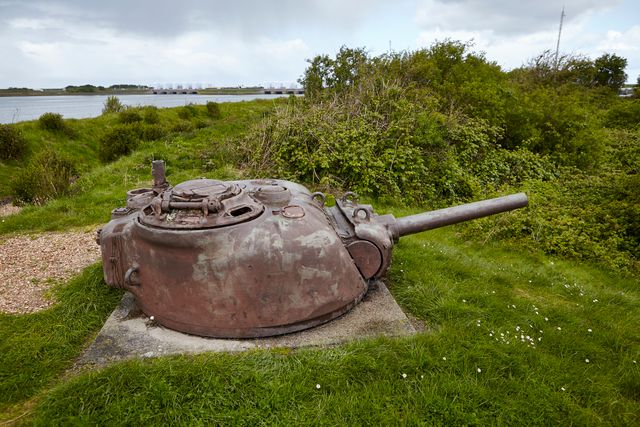
-
Afsluitdijk Wadden Center
Afsluitdijk Wadden Center
There is an interactive experience exhibition in the Afsluitdijk Wadden Center.

-
Wadden experience point
Wadden experience point
From the Wadden experience point you look over the Wadden Sea and the Afsluitdijk.
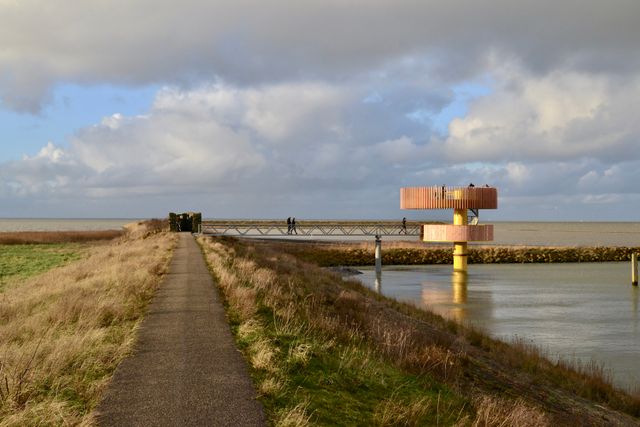
-
Museum Jan Lont
Museum Jan Lont
In the museum you learn how people lived before the Afsluitdijk was built. From the museum you can walk or cycle several beautiful routes.
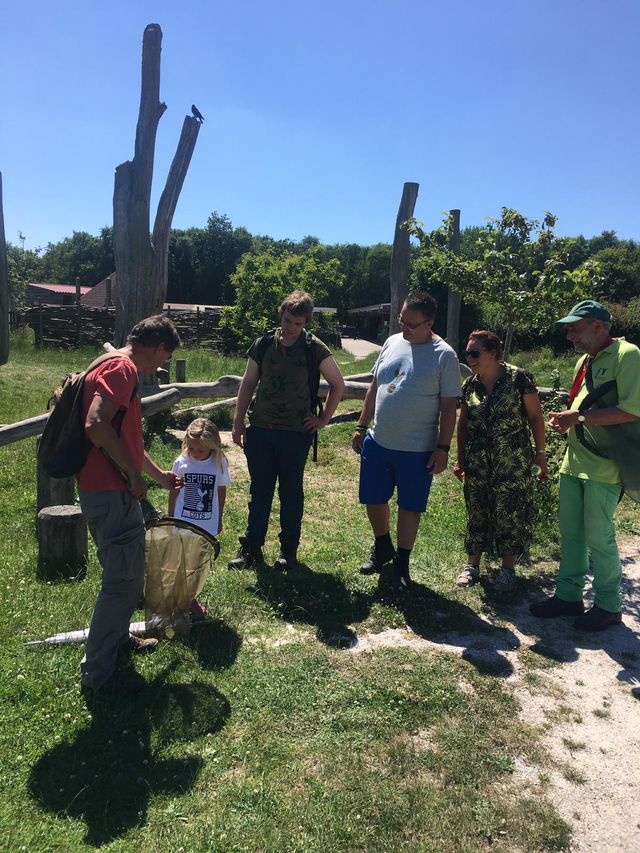
Wadden at war
-
Discover the military heritage
Discover the military heritage

-
one dyke, many stories
one dyke, many stories
